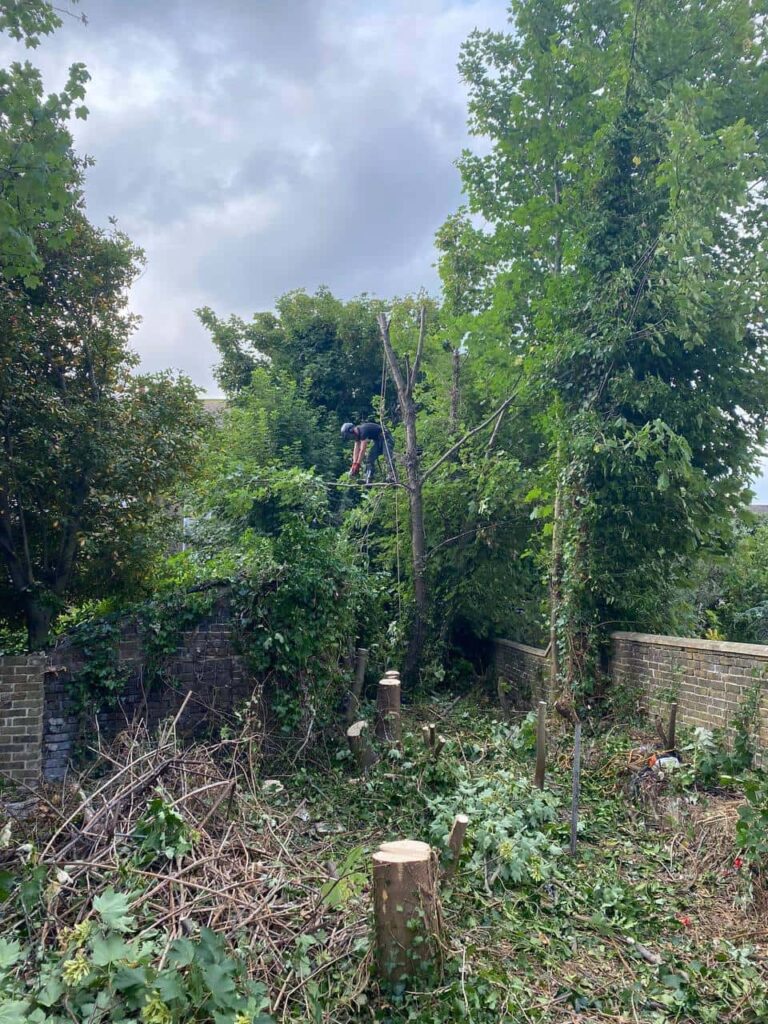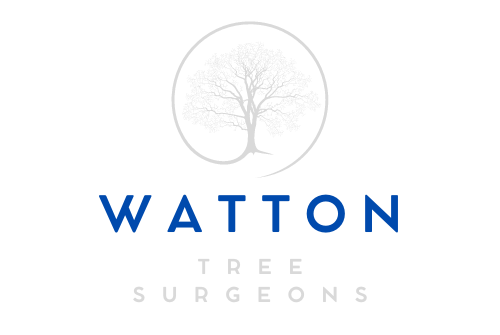Seamless Greenery: Incorporating Hedge Cutting into Your Landscape Maintenance Schedule
Introduction: Maintaining a lush and vibrant landscape requires more than occasional attention—it requires a consistent and comprehensive maintenance schedule. One crucial aspect of landscape maintenance that often gets overlooked is hedge cutting. Incorporating regular hedge cutting into your landscape maintenance routine enhances your property’s beauty and ensures your hedges’ health and longevity. In this blog post, we’ll discuss the importance of hedge cutting and share tips on seamlessly integrating it into your landscape maintenance schedule.
Understanding the Importance of Hedge Cutting:
- Hedges are not only decorative features but also functional elements of your landscape, providing privacy, defining boundaries, and offering habitat for wildlife. Regular hedge cutting is essential for maintaining the hedge’s shape, density, and health. By trimming the hedge regularly, you promote healthy growth, prevent disease and pest infestations, and enhance the overall appearance of your landscape.
Assessing Hedge Cutting Needs:
- Before incorporating hedge cutting into your maintenance schedule, assess the specific needs of your hedges. Consider factors such as the type of hedge species, its growth rate, desired height and width, and any seasonal considerations. Different hedge species may require different pruning techniques and timing. For example, flowering hedges may need to be pruned after flowering to avoid cutting off next season’s flower buds.
Establishing a Hedge Cutting Schedule:
- Once you’ve assessed the needs of your hedges, establish a regular hedge-cutting schedule that aligns with their growth patterns and maintenance requirements. Depending on the species and growth rate, you may need to trim your hedges two to four times yearly. Mark your calendar or set reminders to ensure hedge-cutting tasks are completed on time and consistently throughout the year.
Integrating Hedge Cutting with Other Landscape Tasks:
- To streamline your landscape maintenance efforts, consider integrating hedge cutting with routine tasks such as lawn mowing, weeding, and watering. Dedicate specific days or weekends to tackle multiple maintenance tasks simultaneously, efficiently using your time and resources. By bundling tasks together, you can ensure that all aspects of your landscape receive the attention they need to thrive.
Seeking Professional Assistance:
- While some homeowners may prefer to handle hedge cutting themselves, others may prefer to enlist the help of professional tree surgeons like Watton Tree Surgeons. Professional tree surgeons have the expertise, experience, and specialised equipment to safely and effectively perform hedge cutting. They can also provide valuable advice on hedge care, species selection, and maintenance techniques tailored to your specific landscape needs.
Conclusion: Incorporating hedge cutting into your landscape maintenance schedule is essential for maintaining your hedges’ health, beauty, and functionality. By understanding the importance of hedge-cutting, assessing your hedge-cutting needs, establishing a regular schedule, integrating hedge-cutting with other landscape tasks, and seeking professional assistance when needed, you can ensure that your hedges remain lush, vibrant, and well-maintained year-round. With a proactive approach to hedge care, you can enjoy a thriving and picturesque landscape that enhances the beauty and value of your property.
Call us on: 01953 667 637
Click here to find out more about Watton Tree Surgeons
Click here to complete our contact form and see how we can help with your tree’s needs.

